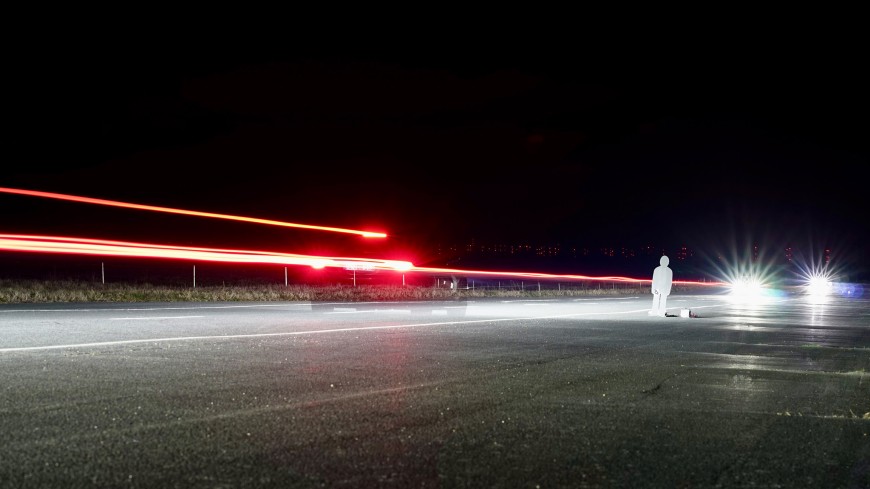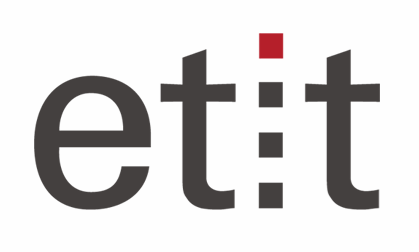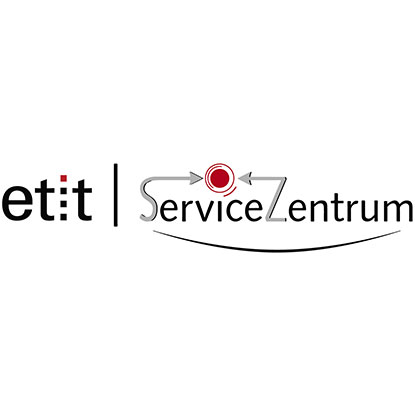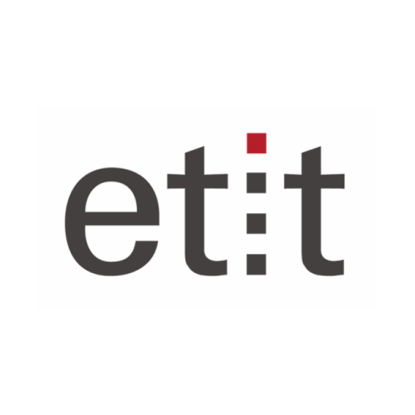Making Road Traffic Safer with New Technologies
Interview with Professor Tran Quoc Khanh on the Upcoming International Symposium on Automotive Lighting
2025/09/22 by sip/mih
Early next week, the 16th International Symposium on Automotive Lighting (ISAL) will kick off in Darmstadt, featuring 48 exhibitors and around 700 experts from research, industry, and regulatory bodies. They will come together for an intensive exchange on the latest findings in research and development.

The event will focus on topics such as light-based communication between autonomous vehicles and other road users, glare in road traffic, headlamp design, and intelligent pixel-based lighting functions. The symposium is organized by the Research Group for Adaptive Lighting Systems and Visual Processing at TU Darmstadt. Ahead of the event, we spoke with the head of the department, Professor Tran Quoc Khanh, about the symposium and the future of automotive lighting technologies.
Mr. Khanh, what specific impulses are you expecting from ISAL? What innovations and trends in research and development are emerging in the field of automotive lighting technology?
From ISAL 2025, I expect key impulses for the further development of automotive lighting technology. A particular focus is on intelligent, pixel-based lighting systems that enhance visibility not only for the driver but also for camera systems, thereby contributing to greater road safety. Another important aspect is light-based communication, which is becoming increasingly relevant in the context of automated driving. In the future, vehicles will be able to interact with other road users—such as pedestrians, cyclists, and motorcyclists—via light signals, especially when direct communication between drivers is no longer possible.
Reducing glare and improving visibility in complex urban environments are also central topics in order to prevent traffic accidents.
In addition, I expect progress in the integration of sensors, navigation data, and artificial intelligence, enabling lighting systems to act proactively and adapt autonomously.
The ISAL has been taking place for 30 years – what has changed in automotive lighting technology since 1995? What have been the milestones?
The past three decades have been marked by profound changes. In the 1990s, xenon headlights set new standards in terms of brightness and range. Shortly thereafter, the LED revolution began: at ISAL 2007, the first full-LED headlamp for the Audi A8 was presented—an innovation that fundamentally changed automotive lighting. With the introduction of laser lighting from 2014 onward, range was significantly increased once again. However, today’s advanced LEDs are fully comparable in performance.
Another major milestone was the development of the Adaptive Driving Beam (ADB), which uses sensors—such as high-resolution cameras—to dynamically adapt the light distribution and selectively shield other road users from glare. Today, high-resolution pixel lighting systems represent the next evolutionary step, opening up a new dimension of functionality, communication, and safety in road traffic.
What contribution has your field made—and continues to make—to these developments?
Our field has accompanied many of these developments from a scientific perspective and has actively helped shape them. We have not only researched new lighting functions in the lab but also tested them in field trials under real-world conditions, demonstrating their safety-related benefits. A key focus is on industry-oriented research: together with our partners (automotive manufacturers and suppliers), we develop prototypes that can later be brought into series production.
We are also actively involved in international standardization efforts to ensure that vehicle lighting functions are designed in a technically and ergonomically consistent way on a global scale. This is the only way that innovations such as LED or laser headlights, ADB, or new adaptive functions (like adaptive daytime running lights and adaptive rear lights) can actually be brought to market.
Our goal is to ensure—through research and regulatory work—that new technologies make road traffic safer. Germany should remain the leading nation in transport technologies (cars, trucks, buses, aircraft), which is why the contribution of research to both early-stage and product-oriented technology development in this field is so essential.
Your field of research is a good example of the close exchange—xchange—between academia and industry. How do both sides benefit from this collaboration?
This collaboration is highly beneficial for both sides. Companies gain access to scientifically sound insights that help identify technological risks early on and secure the success of innovations. At the same time, we serve as an incubator for new intelligent systems, and as a research institution, we benefit from direct access to current challenges and prototypes. We also provide a platform where practice-oriented research results can be quickly transferred into real-world applications.
As the world’s leading university-based research and education center in this field, we train highly qualified graduates here in Darmstadt—helping to secure Germany’s long-term leadership in research and innovation.





